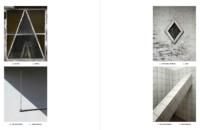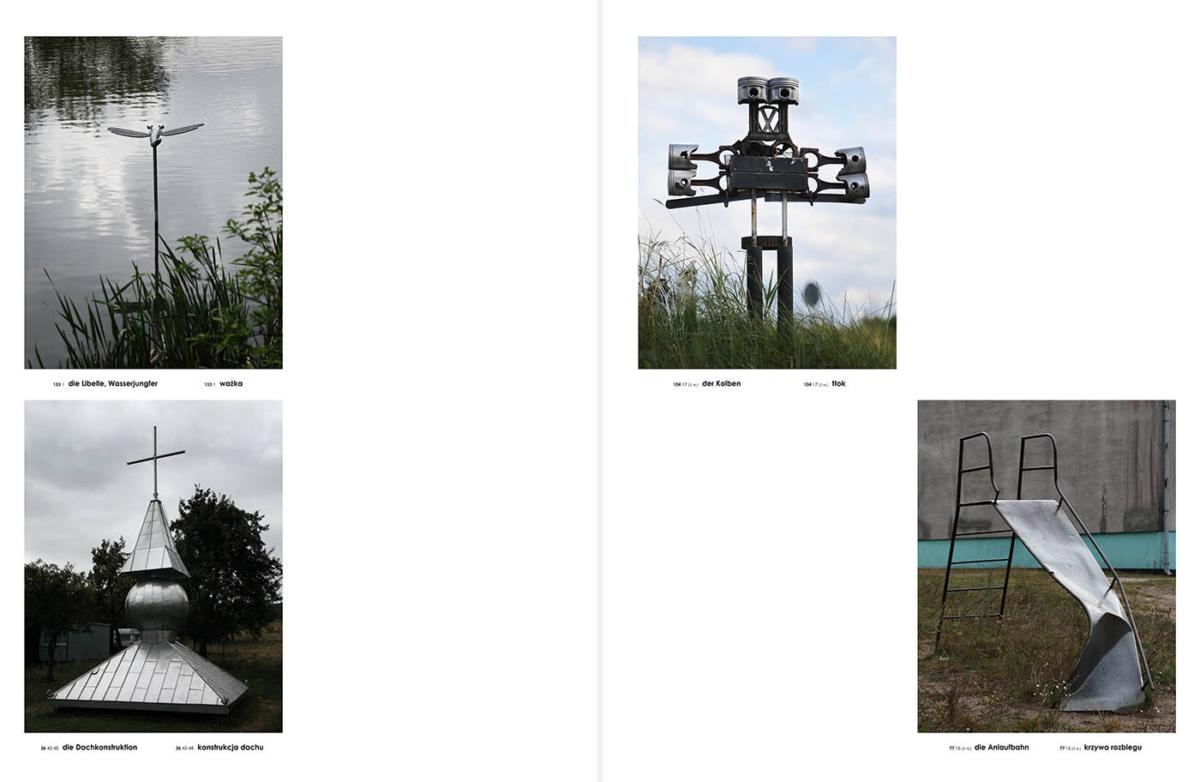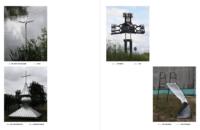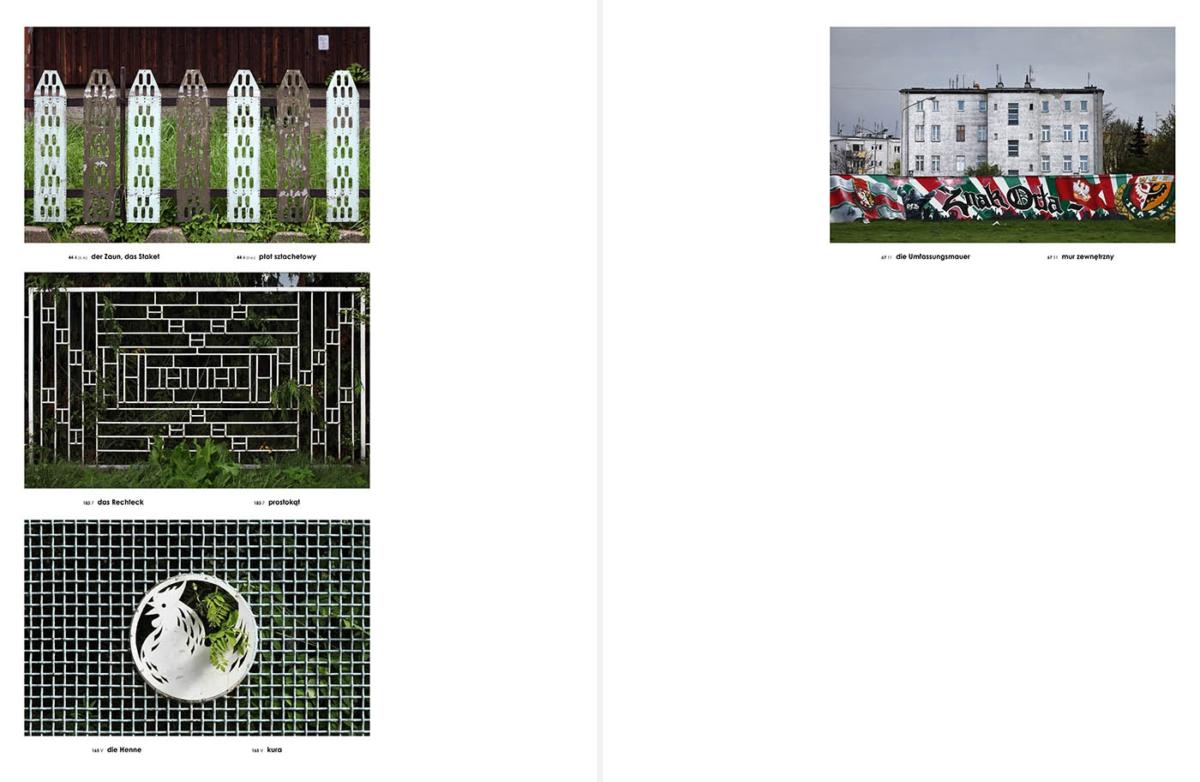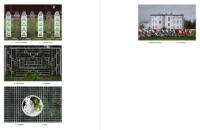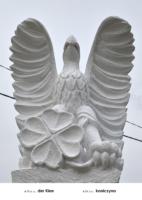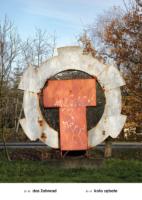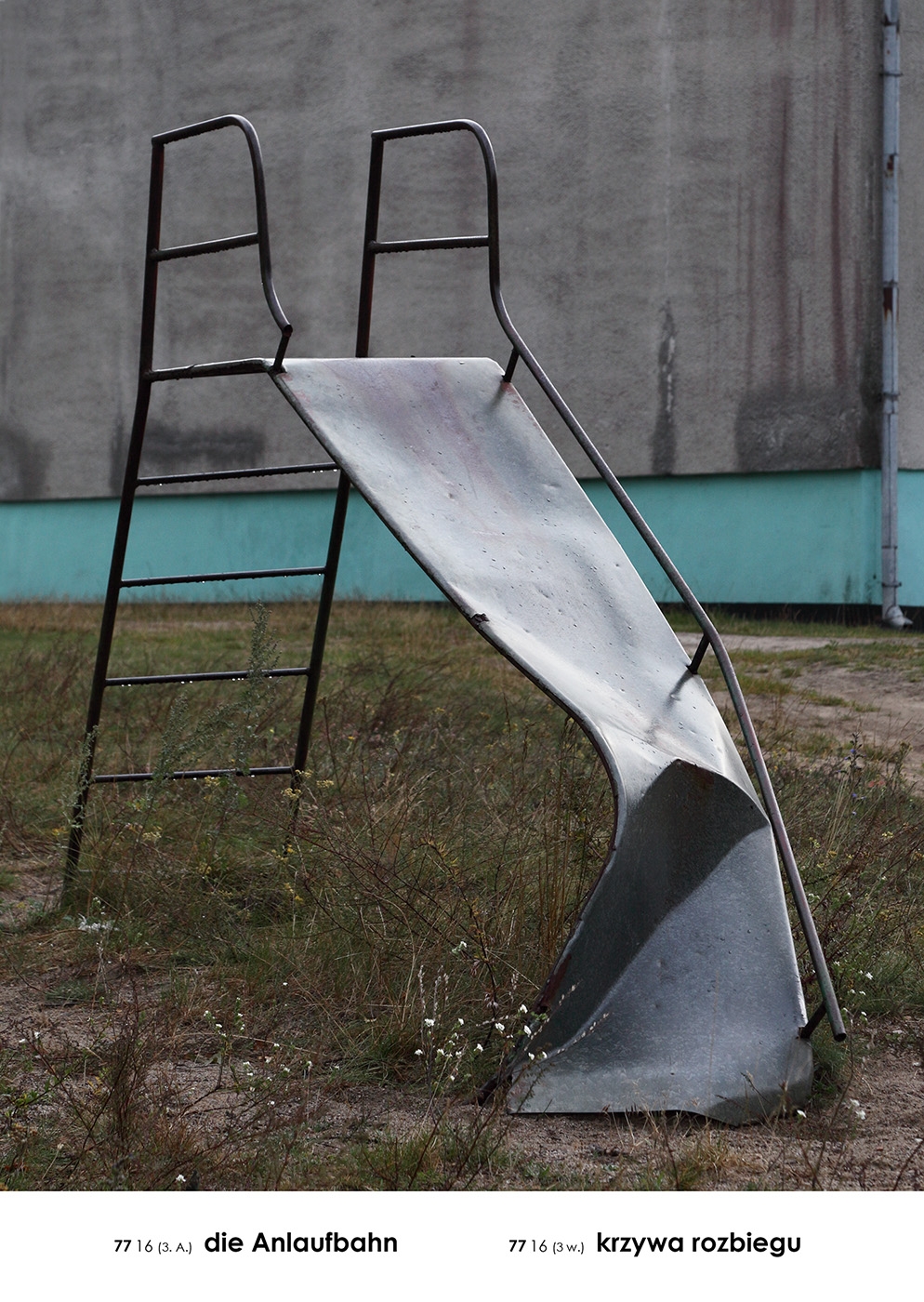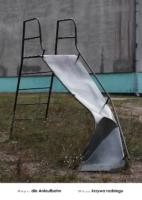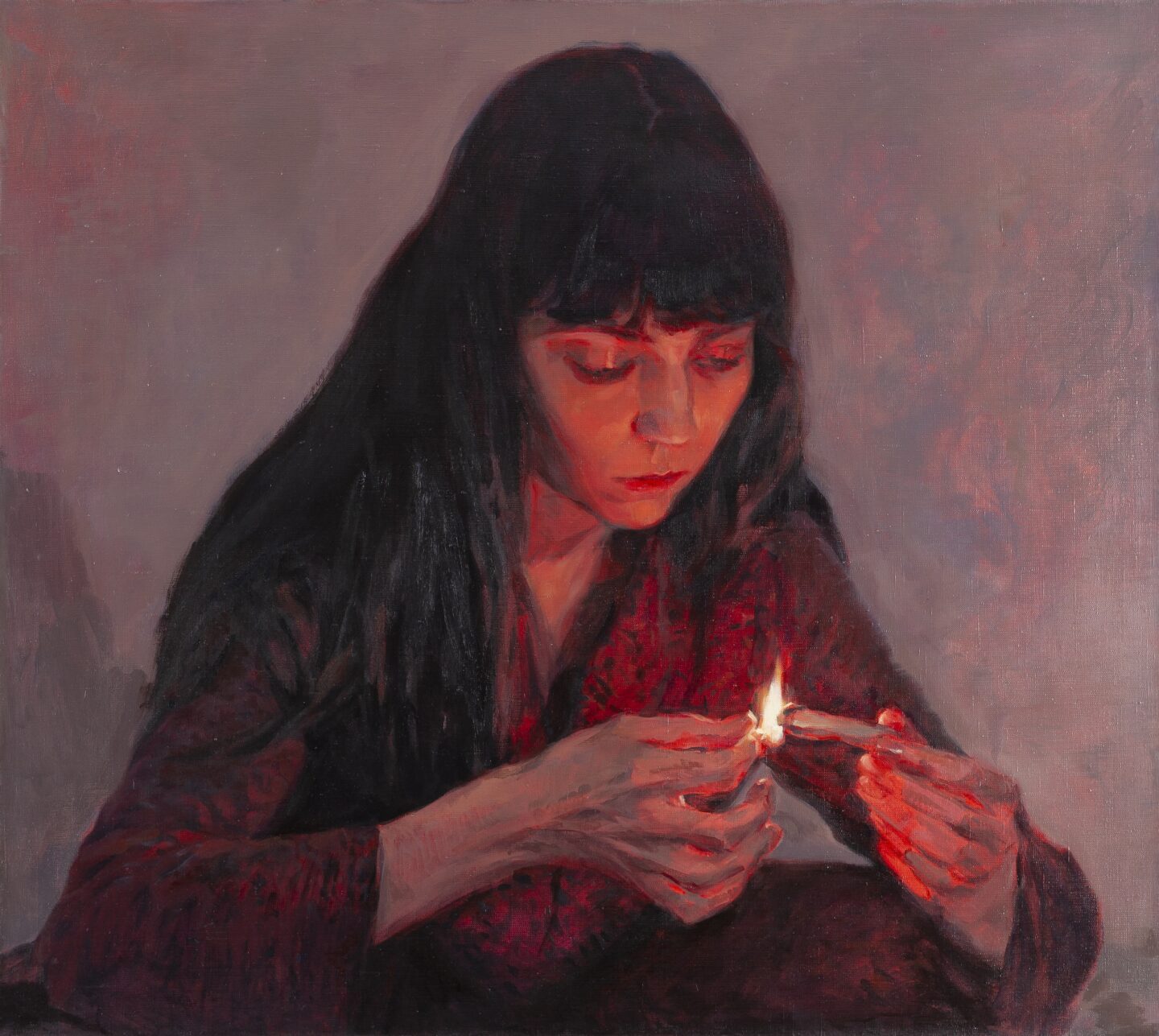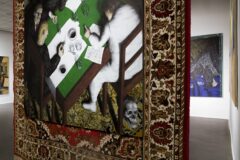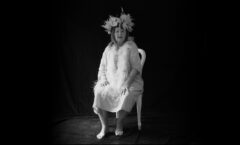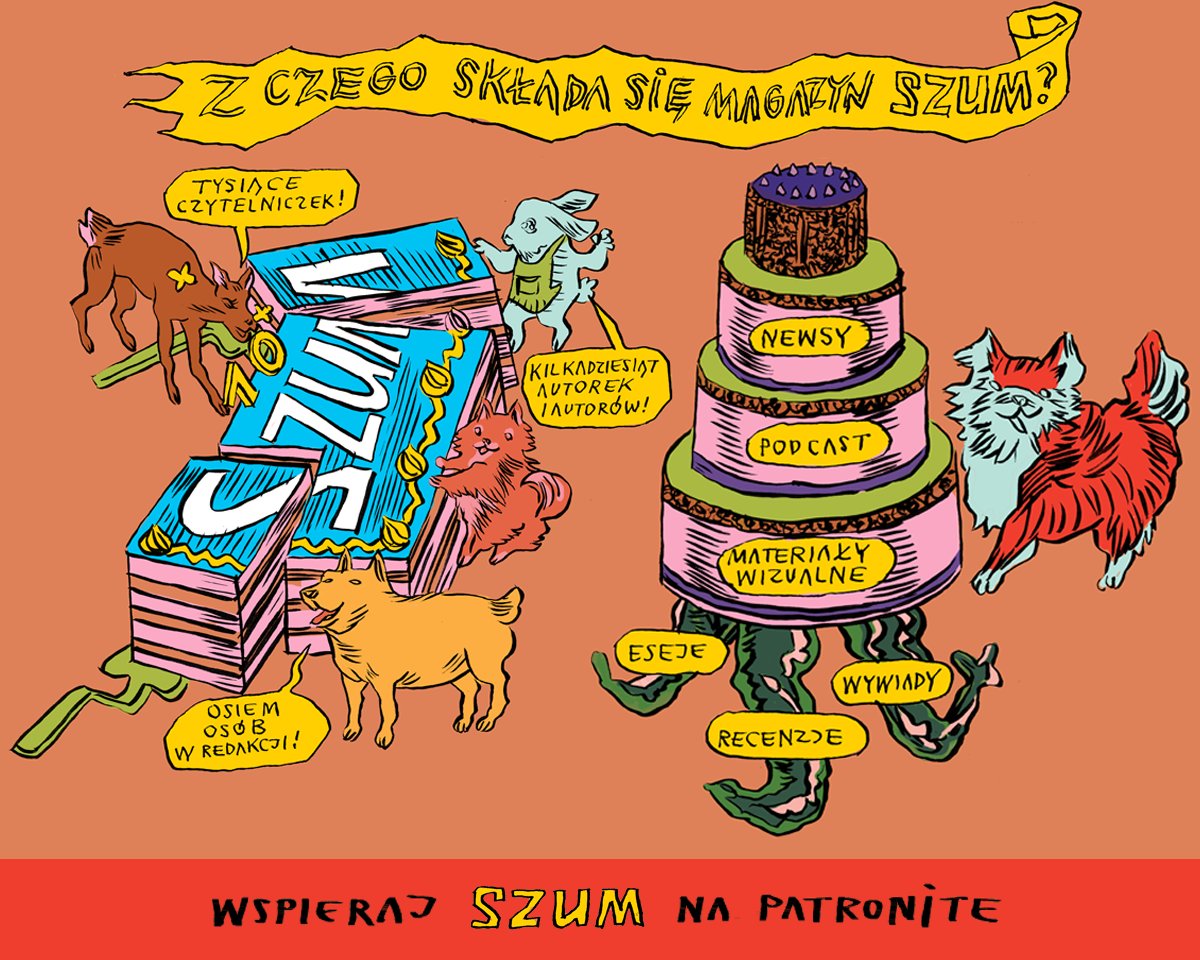Tysiąc słów / The One Thousand Words
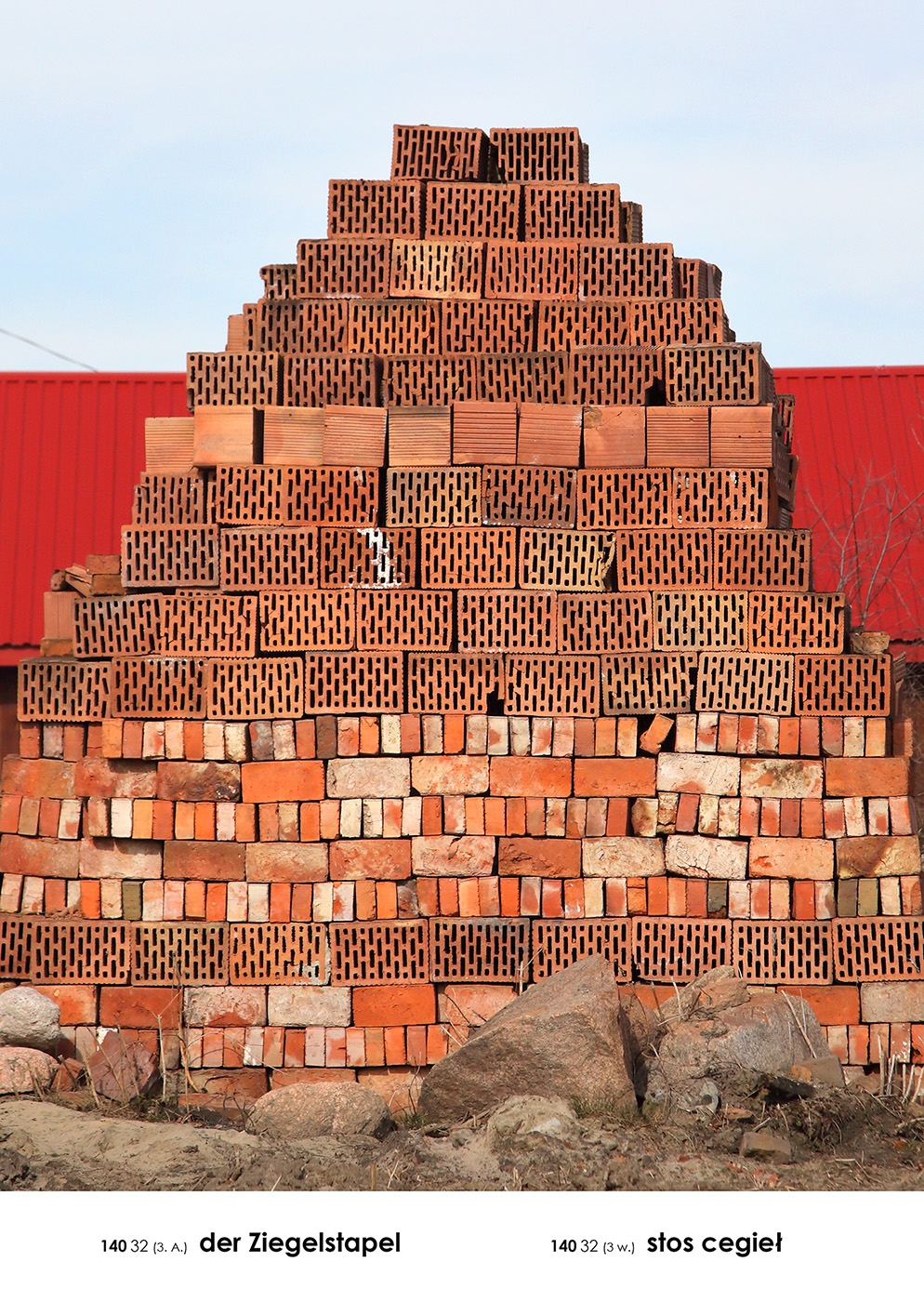
For English version scroll down
PL
Często słyszę pytanie, ile słów zawiera słownik, którego „reedycją” zajmuję się od jedenastu lat. Niestety, skrupulatni niemieccy redaktorzy słownika Bildwörterbuch Deutsch und Polnisch nie podali ilości zawartych w nim haseł. Nękany ciągle ponawianym pytaniem, postanowiłem sam policzyć hasła zebrane w indeksie. Okazało się, że nie jest ich tak wiele – 8691. W drugim, a szczególnie w trzecim wydaniu oryginalnego słownika pojawiło się wiele nowych haseł, ale tych nie miałem już siły zliczyć. Niektóre hasła z pierwszego wydania powtarzają się bowiem w kolejnych i oddzielenie haseł nowych od starych jest bardzo żmudnym zajęciem. Tak czy owak, wszystkich haseł we wszystkich trzech wydaniach jest nie więcej niż kilkanaście tysięcy. Czy to dużo? Czy można nimi opisać całą rzeczywistość?
Borges w jednym ze swoich wykładów, zebranych w zbiorze Rzemiosło poezji, wspomniał, że Chińczycy określają świat mianem „dziesięciu tysięcy rzeczy”. Określenie to można też tłumaczyć jako „dziesięć tysięcy istot” lub „dziesięć tysięcy słów”. Wykład Borgesa dotyczył metafory. Jeśli metafora powstaje przez połączenie dwóch różnych rzeczy, to zbiór dziesięciu tysięcy rzeczy daje nam praktycznie nieskończoną liczbę możliwych kombinacji, nieskończoną liczbę metafor. Metafora może więc być antidotum na niedobór słów w próbach opisania świata.
W ramach jedenastoletniej pracy nad projektem A–Z udało mi się do tej pory odnaleźć niewiele ponad siedemset wizualnych odpowiedników haseł z oryginalnego słownika. Bardzo daleko do zilustrowania całości, bardzo daleko do dziesięciu tysięcy rzeczy, z których podobno składa się świat. Jednak te siedemset słów to mój język, którym staram się świat opisać.
Poezja A–Z to pierwsza próba sklejania zdań w oparciu o zasób słów, którymi dysponuję, próba stosowania wizualnych metafor jako elastycznego narzędzia poszerzającego możliwości opisu.
Na szczęście obrazy fragmentów rzeczywistości wymykają się prostej definicji.
Byłem bardzo zdziwiony, kiedy dowiedziałem się, że popularne powiedzenie „Jeden obraz znaczy więcej niż tysiąc słów” to chińskie przysłowie.
Tekst pochodzi z książki Andrzeja Tobisa Poezja A–Z. Publikacja towarzyszy wystawie Andrzej Tobis, A-Z (10 lat po premierze) w Galerii FOTO-GEN Ośrodka Kultury i Sztuki we Wrocławiu.
ENG
I often get asked how many words there are in the dictionary which I have been ‘reediting’ for eleven years. Unfortunately, the meticulous German editors of the volume titled Bildwörterbuch Deutsch und Polnisch failed to provide the information on the number of entries it contains. As the question kept returning, I decided to count the entries listed in the index. It turned out that there were not that many of them – 8,691. In the second, and particularly in the third edition of the original dictionary, numerous new entries appeared but I could not summon up the strength to count them. Some entries from the first edition return in the next ones and separating the old entries from the new ones would be a painstaking task. Anyway, all entries in all three editions amount to no more than several hundred thousand. Is this a lot? Is this enough to describe the whole of reality?
In one of his lectures published in the collection This Craft of Verse, Borges claims that the Chinese describe the world as “the ten thousand things.” The phrase can also be translated as “the ten thousand beings” or “the ten thousand words.” Borges’ lecture was on the metaphor. If the metaphor is built by combining two dissimilar things, then a set of ten thousand things offers a practically infinite number of combinations, an infinite number of metaphors. The metaphor may thus be an antidote to the words that fail us in our endeavours to explain the world.
Over the eleven years of working on the A–Z project, I have only managed to find slightly more than seven hundred visual counterparts of the entries in the original dictionary. This is still far from providing illustration for all that is in it, very far from the ten thousand things that allegedly make up the world. But the seven hundred words constitute my own language which I use to describe the world the best I can.
The A-Z poetry is the first attempt to formulate sentences with the words at my disposal, an attempt to use visual metaphors as a flexible tool that expands the possibilities of description.
Luckily, pictures of reality fragments defy simple definitions.
I was quite astonished to find out that the popular saying “A picture is worth a thousand words” is a Chinese proverb.
Translation: Monika Ujma
Text comes from the book A-Z poetry by Andrzej Tobis accompanied the exhibition Andrzej Tobis, A-Z (Ten Years after the Premiere) at FOTO-GEN Gallery Culture and Art Centre in Wrocław.
Przypisy
Stopka
- Osoby artystyczne
- Andrzej Tobis
- Tytuł
- Poezja A–Z / A-Z poetry
- Wystawa
- Andrzej Tobis, A-Z (10 lat po premierze) / Andrzej Tobis, A-Z (Ten Years after the Premiere)
- Miejsce
- Galeria FOTO-GEN Ośrodka Kultury i Sztuki we Wrocławiu / FOTO-GEN Gallery Culture and Art Centre in Wrocław
- Czas trwania
- 6.10–3.11.2017
- Osoba kuratorska
- współpraca kuratorska: Agnieszka Chodysz-Foryś
- Fotografie
- Andrzej Tobis
- Wydawnictwo
- wydawca: Ośrodek Kultury i Sztuki we Wrocławiu — Instytucja Kultury Samorządu Województwa Dolnośląskiego / Culture and Art Centre in Wrocław — Cultural Institution by the Government of the Lower Silesian Region
- Data i miejsce wydania
- 2017, Wrocław
- Strona internetowa
- facebook.com/GaleriaFOTOGEN
- Indeks
- Andrzej Tobis Galeria FOTO-GEN




